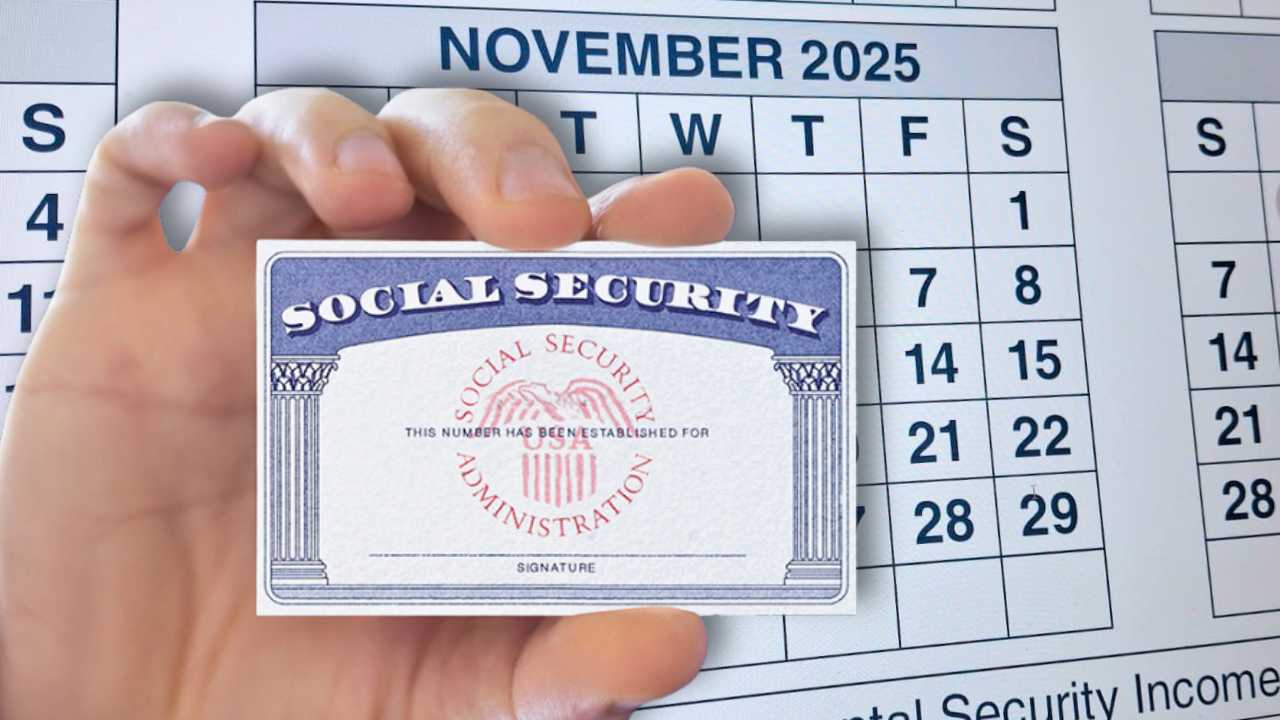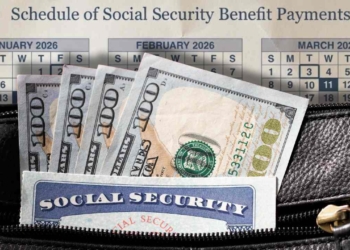For more than 72 million Americans who depend on Social Security, the announcement of the annual cost-of-living adjustment (COLA) is a moment of hope and reckoning. The problem is that it has been delayed (for now, two weeks) by the government shutdown that has been going on for several weeks due to a lack of agreement in Congress.
This Friday, October 24, the Social Security Administration (SSA) will reveal the official percentage that will determine payments for 2026. Analysts and experts project a 2.8% increase, although it could be a few percentage points lower than the estimates.
Social Security COLA: an increase better than in 2025
This figure, a slight increase from 2.5% in 2025, represents a modest relief in an economic landscape where inflation, although moderate, is relentless. This COLA may be interpreted as a minor victory in an ongoing battle against the erosion of purchasing power, where every extra dollar must be used wisely.
The COLA is not an arbitrary decision; rather, it is derived from a mathematical formula designed to act as a shield against inflation. Its calculation is based on the Consumer Price Index for Urban Wage Earners (CPI-W). The SSA compares the average CPI-W for the three months of the third quarter (July, August, and September) with the average for the same period the previous year.
The percentage difference determines the COLA for the following year. For 2026, preliminary data has led analysts like Mary Johnson, an expert with decades of experience, to project 2.8%.
Others, such as the influential The Senior Citizens League (TSCL), are slightly more conservative and estimate 2.7%. This process, although technical, is crucial: it ensures that the increase reflects the economic reality experienced by workers and, by extension, retirees. It is a financial thermometer that measures the health of citizens’ wallets.
The COLA may not be enough to maintain purchasing power
On paper, a 2.8% increase sounds good. For the average beneficiary who receives about $1,920 a month, this would mean approximately $54 more per month, totaling about $648 a year. This is a welcome boost to cover gas, prescription drugs, or the weekly grocery bill.
However, the reality is more complex. This increase doesn’t happen in a vacuum and comes with an almost certain blow: the standard Medicare Part B premium is projected to jump 11.6%, from $185 to about $206.50 a month.
This expense alone could devour up to 5% of the COLA net income for many. Furthermore, the cost of living, especially for critical items like housing, food, and healthcare, has exceeded 3% in the last year. So, that “increase” feels more like an uphill sprint where the terrain advances almost as fast as your steps.
How to strengthen your retirement
Faced with this reality, the most astute beneficiaries know that the COLA is only one piece of the puzzle. The most powerful strategy for significantly increasing Social Security income is to delay claiming benefits. For each year postponed beyond full retirement age (67 for most), the benefit grows by 8%. This means that someone who could receive $2,000 at 67 could get more than $2,800 if they wait until 70.
It’s a permanent increase that, over time, far exceeds any annual COLA. For couples, the strategies are even more advantageous, allowing one spouse to claim benefits based on the other’s record while their own primary benefit continues to grow.
November retirement payments to come
Despite the federal government shutdown, that’s been running for over three weeks now, November’s payments are coming because the funds are guaranteed to arrive:
Wednesday, November 12: This is the key day for beneficiaries born between the 1st and 10th of the month. It’s the first payment that includes the cost-of-living adjustment (COLA), marking the start of the November payment cycle.
Wednesday, November 19: Applies to people born between the 11th and the 20th. This date, which comes just after Thanksgiving preparations, takes on special significance for those planning their holiday shopping.
Wednesday, November 26: The month closes for those born between the 21st and 31st. This is the last opportunity to receive the benefit before December begins, allowing beneficiaries to organize their finances for the end of the year.







